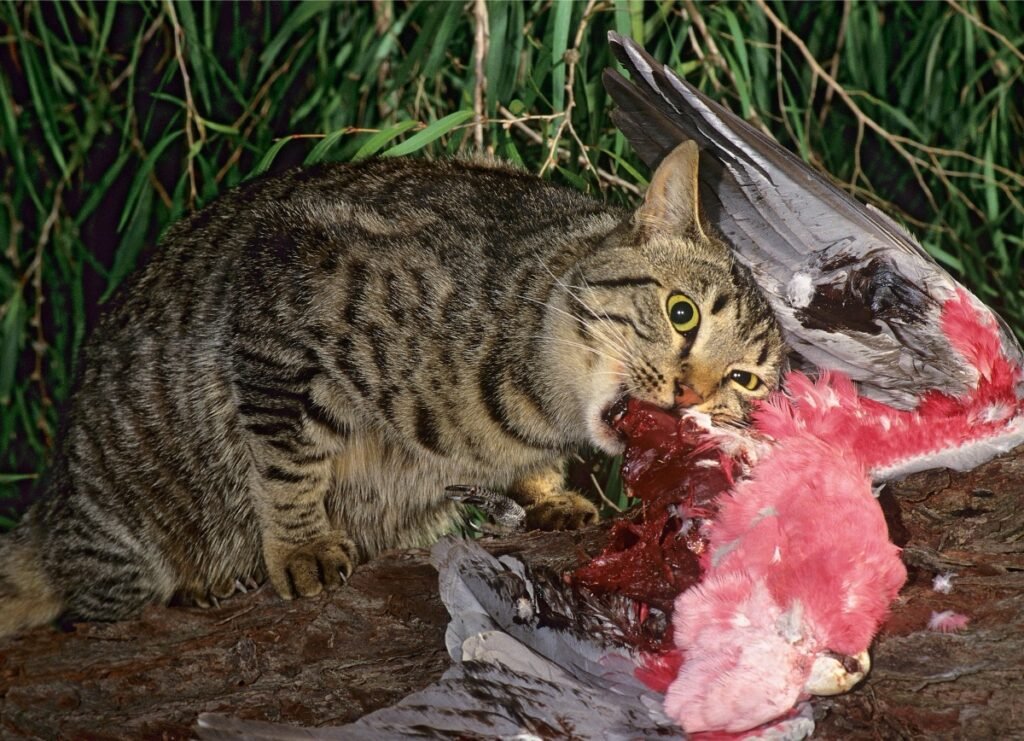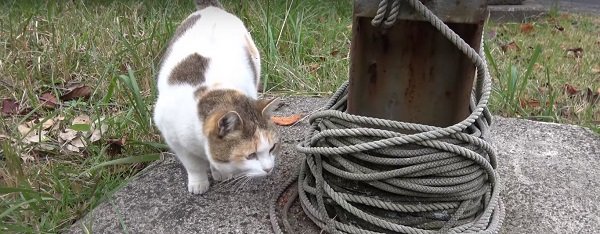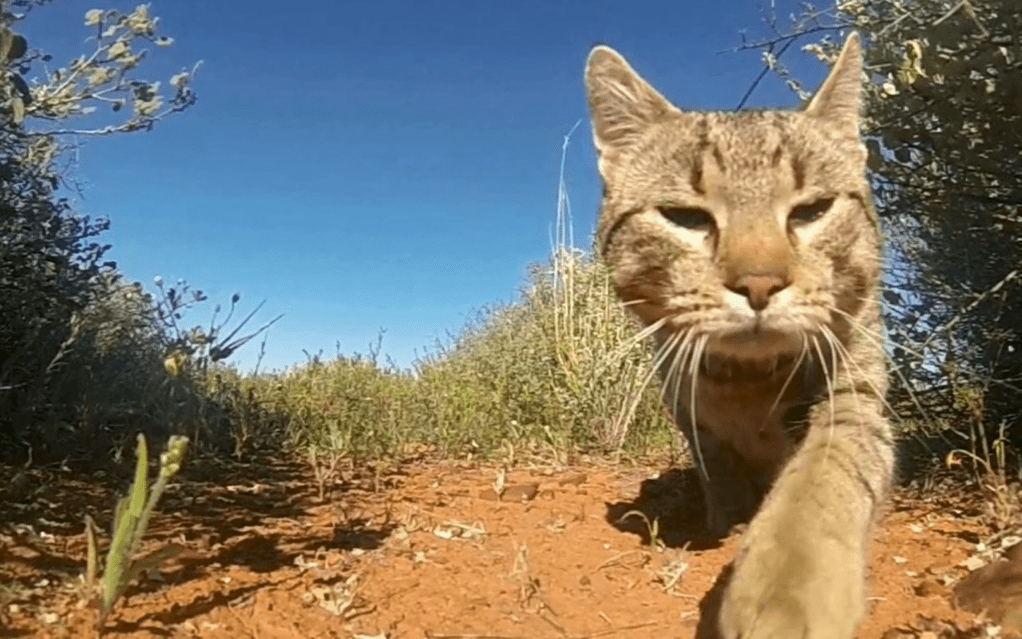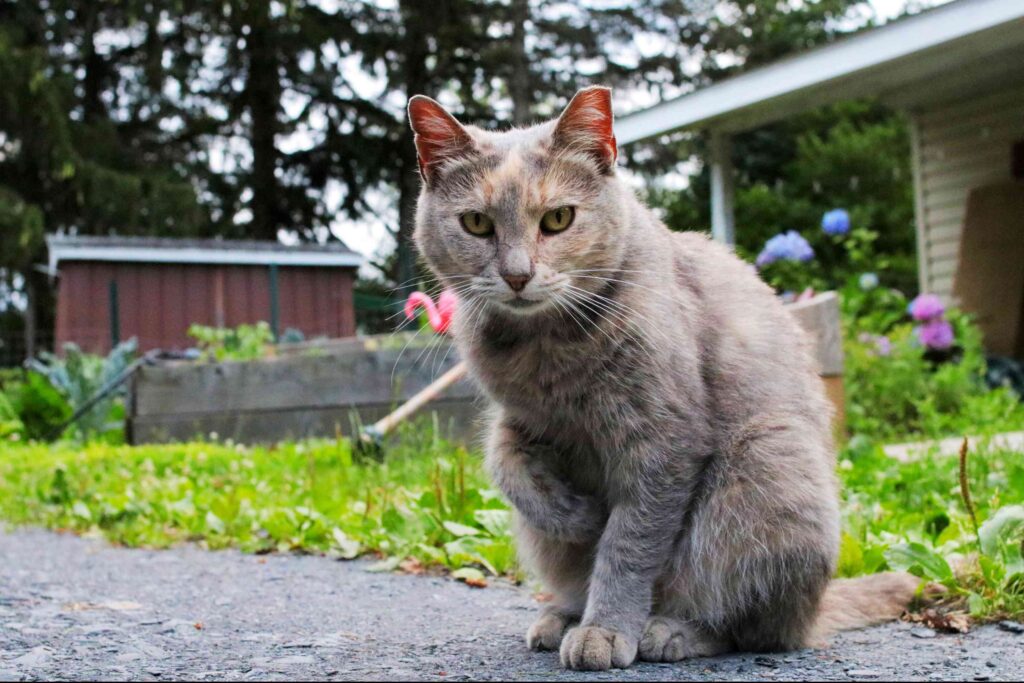Welcome to a comprehensive guide on how to effectively manage the population of feral cats in your area. By following the strategies outlined in this article, you will learn humane and efficient ways to control feral cat colonies. From trap-neuter-return programs to working with local animal shelters, you will gain valuable insights on how to address this important issue in a compassionate manner. Let’s work together to create a safer and healthier environment for both the feral cats and your community.
Have You Been Dealing With Feral Cats in Your Neighborhood?
Dealing with feral cats can be a difficult and frustrating situation. These cats are often unsocialized to humans and can cause problems such as spraying, yowling, and creating a mess in your yard. In this article, we will discuss how to effectively address the issue of feral cats in your area in a humane and responsible way.
Understanding the Issue
Before taking any action to manage feral cat populations, it’s important to understand the root of the problem. Feral cats are the offspring of lost or abandoned cats that have reverted to a wild state. They have not been socialized to humans and are wary of them. These cats can form colonies and reproduce rapidly, leading to an overpopulation issue.
The Need for Humane Solutions
While feral cats may be a nuisance, it’s crucial to approach the situation with compassion and empathy. These animals are not at fault for their circumstances and deserve to be treated with dignity. Killing feral cats should never be the first or only solution to the problem. Humane alternatives exist that can help manage feral cat populations without resorting to violence.

Implementing Trap-Neuter-Return (TNR) Programs
Trap-Neuter-Return (TNR) programs are widely regarded as the most effective and humane way to manage feral cat populations. This method involves trapping feral cats, spaying or neutering them, and then releasing them back into their original environment. By preventing further breeding, TNR helps reduce the number of feral cats over time.
TNR programs also often include vaccination and medical treatment for the cats to improve their overall health. By stabilizing the population through spaying and neutering, TNR can lead to a decline in the number of feral cats in a community.

Utilizing Deterrents to Discourage Feral Cats
In addition to TNR programs, using deterrents can help discourage feral cats from frequenting your property. There are several humane methods that can be effective in deterring feral cats without causing harm to them.
Humane Deterrents
- Ultrasonic Repellers: These devices emit high-frequency sounds that are unpleasant to cats, causing them to avoid the area.
- Motion-Activated Sprinklers: Sprinklers that are triggered by motion can startle cats and discourage them from returning.
- Natural Repellents: Substances like citrus peels, coffee grounds, or vinegar can be used to create unpleasant smells that repel cats.
Using a combination of these deterrents can help create an environment that is less attractive to feral cats, reducing their presence in your vicinity.

Engaging with Community Resources
If you are struggling to manage feral cats in your neighborhood, consider reaching out to local community resources for support. Many animal welfare organizations offer assistance with feral cat management through TNR programs and educational resources.
Connecting with Animal Shelters
Local animal shelters and rescue organizations may have programs in place to help address feral cat populations. They can provide traps, guidance on trapping techniques, and information on low-cost spaying and neutering services. By collaborating with these organizations, you can make a positive impact on the feral cat population in your area.
Working with Veterinarians
Veterinarians who are experienced in working with feral cats can be valuable resources for managing these populations. They can provide medical care, spaying/neutering services, and advice on long-term feral cat management strategies. Building a relationship with a veterinarian who supports TNR efforts can benefit both you and the feral cats in your community.

Addressing Specific Issues with Feral Cats
In some cases, feral cats may exhibit behaviors that pose a danger to themselves or others, such as aggression or illness. It’s important to address these specific issues promptly and effectively to ensure the safety and well-being of both the cats and the community.
Dealing with Aggressive Cats
Aggression in feral cats can be a complex issue, often resulting from fear or territorial behavior. If you encounter aggressive feral cats in your neighborhood, it’s essential to approach the situation with caution. Contacting animal control or a local animal welfare organization for assistance is recommended when dealing with aggressive feral cats.
Managing Illness in Feral Cats
Illness and disease can be prevalent in feral cat populations due to poor living conditions and lack of medical care. If you come across sick or injured feral cats, it’s crucial to seek help from a veterinarian as soon as possible. Quarantine the sick cat if necessary to prevent the spread of illness to other animals.

Conclusion
Dealing with feral cats in your neighborhood can be a challenging task, but with the right approach and resources, you can make a positive impact on their welfare and the community as a whole. By understanding the root causes of feral cat populations, implementing humane solutions like TNR programs, utilizing deterrents, and engaging with community resources, you can effectively manage feral cat populations in a responsible and compassionate manner. Together, we can create a safer and healthier environment for both feral cats and humans alike.
